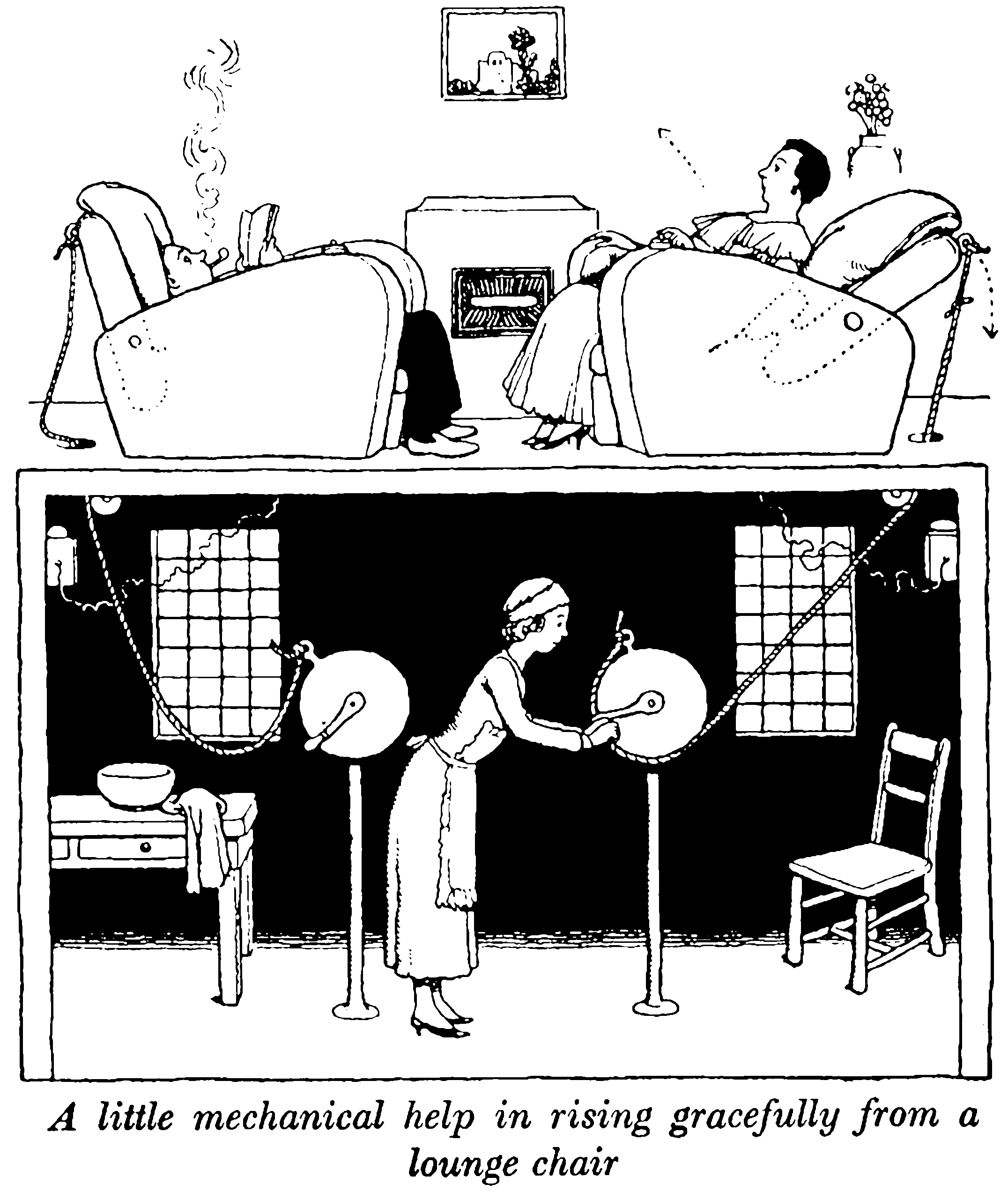Home automation
December 15, 2024 — December 29, 2024
Suspiciously similar content
Upon persuading the gizmos in your home to talk to one another.
See also home networks.
I feel like this should be easy, but my experience of using Apple and Amazon devices has been that they never do what I want. Also, there are standards wars between various proprietary apps, and the whole thing looks like a security nightmare.
1 Dongles for Bluetooth, Zigbee, Thread, etc.
2 Home Assistant
A DIY controller/hub option: Home Assistant. Turn a little Raspberry Pi into a home automation hub.
The rule of thumb seems to be that Zigbee has the most support for generic hubs, followed by Matter.
3 Lighting
How they get you.
3.1 Incoming
- Welcome to WLED - WLED Project A fast and feature-rich implementation of an ESP8266/ESP32 webserver to control NeoPixel (WS2812B, WS2811, SK6812) LEDs or also SPI-based chipsets like the WS2801 and APA102!
4 Thread and Matter
- nRF Util - Nordic Semiconductor Infocenter
- nRF5 SDK downloads (If you find yourself doing this and you are not a developer of IoT technology, this is a red flag, I think)
- Create an RCP USB dongle | Golioth Thread Demo (Lazy mode firmware)
5 Normal doors
TBC
6 Garage doors
7 Open source firmware for IoT devices
- Tasmota for ESP32.
8 Meross devices
Cheap on Amazon. Can sorta work with HomeKit. Pair using an Apple HomeKit device, then integrate as a “HomeKit device”
9 Tuya devices
If you must use these and don’t like their suspicious cloud-based app, you can try to use them locally.
- PlusPlus-ua/ha_tuya_ble: Home Assistant support for Tuya BLE devices (Bluetooth only)
- tuya-local/DEVICES.md at main · make-all/tuya-local (friendly)
- rospogrigio/localtuya: local handling for Tuya devices (broad)
It seems like they will still report back to their corporate masters over your WiFi though. If you won’t want that you can attempt to convert them to an alternate open-source firmware:
